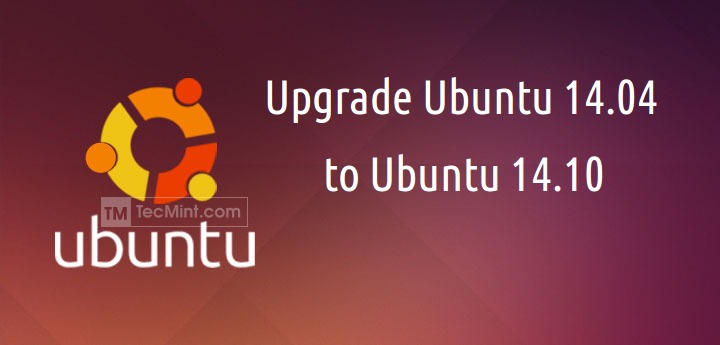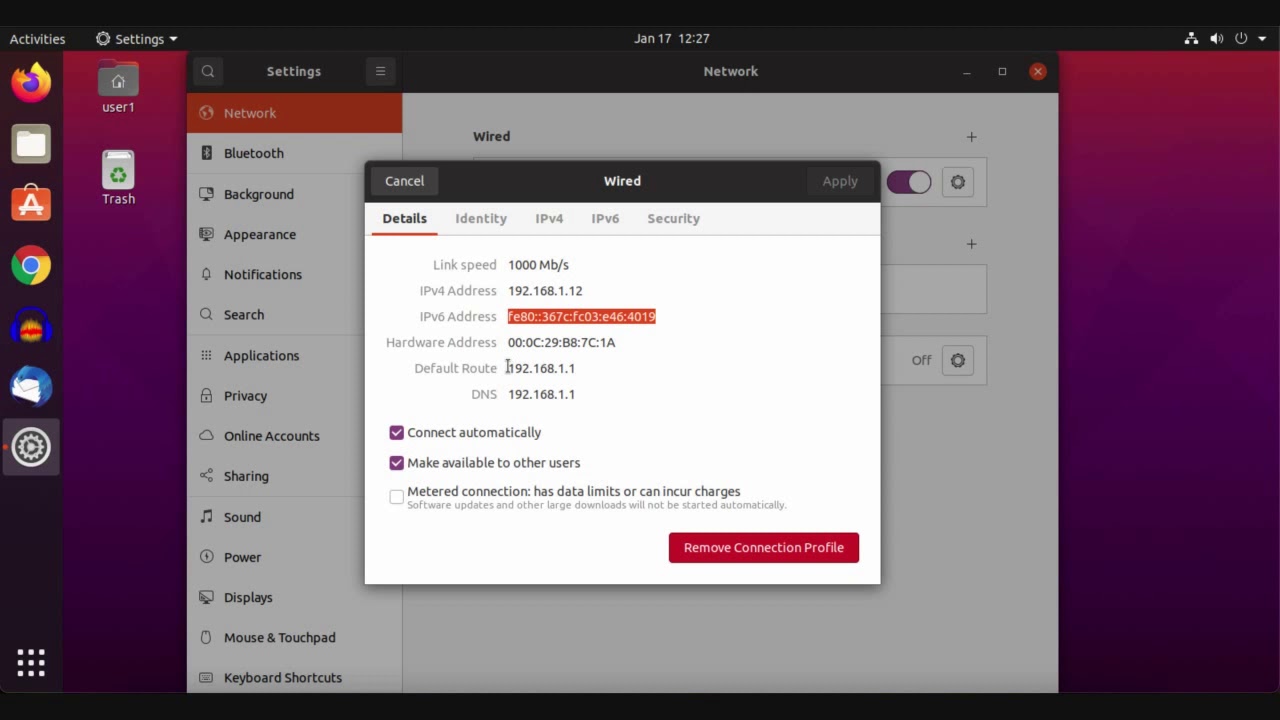
- #UBUNTU RAID MONITOR HOW TO#
- #UBUNTU RAID MONITOR INSTALL#
- #UBUNTU RAID MONITOR FULL#
- #UBUNTU RAID MONITOR SOFTWARE#
- #UBUNTU RAID MONITOR FREE#
To make sure that the hot-swap works, mark any drive as failed and check the RAID status:Īfter checking, you can see that the rebuilding of the array has started. When you check the RAID status, we will see the disk as a spare:
#UBUNTU RAID MONITOR FREE#
Add a free disk to the md device you want: You can add an extra hot-spare drive for quickly rebuild the RAID array if one of the active disks fails.
#UBUNTU RAID MONITOR HOW TO#
# mdadm /dev/md0 -add /dev/vdd How to Add a Hot-Spare Drive to an MDADM Array? You can add a new disk, just like in case of a failed drive: Then you can remove it using this command: If you want to remove an operable drive from an array and replace it, first tag the drive as a failed one: You can scan all connected drives and re-create a previously removed (failed) RAID device according to the metadata on physical drives. # mdadm -S /dev/md0 mdadm: error opening /dev/md0: No such file or directory # mdadm -S /dev/md0 mdadm: stopped /dev/md0Īfter destroying the RAID array, it won’t detected as a separate disk device: If you need to remove the previously created mdadm RAID device, unmount it:
#UBUNTU RAID MONITOR SOFTWARE#
Spare Devices : 0 How to Add or Remove Disks to Software RAID on Linux? Spare rebuilding /dev/vdd shows which disk is being added to the array.Īfter rebuilding the array, check its state: Rebuild Status : 48% complete shows the current array recovery state. To restore the array, you must remove the damaged disk and add a new one.ĭisk recovery will start automatically after you add a new disk: – the last line shows that the one disk in the RAID is damaged. The detailed information about the RAID also shows that there are some problems:Īrray Size : 20954112 (19.98 GiB 21.46 GB) When both disks are healthy, the output is. First of all, find out if the disc is damaged and needs to be replaced.įrom the previous command you can see that only one disk is active. If one of the disks in a RAID failed or damaged, you may replace it with another one. I/O size (minimum/optimal): 512 bytes / 512 bytes Recovering from a Disk Failure in RAID, Disk Replacement Sector size (logical/physical): 512 bytes / 512 bytes You can view the brief information using fdisk:
#UBUNTU RAID MONITOR FULL#

#echo 'idle' > /sys/block/md0/md/sync_action Then view the output of the following file: #echo 'check' > /sys/block/md0/md/sync_action To check data integrity in the array, use the following command: How to View State or Check the Integrity of a RAID Array? # nano /etc/fstab /dev/md0 /backup ext4 defaults 1 2 First of all, you have to zero all superblocks on the disks to be added to the RAID: I have two extra disks installed on my Linux server, and I want to create a software mirror on them (RAID1). Libreport-filesystem.x86_64 0:2.1.Ĭreating RAID 1 (Mirror) Using 2 Disks on Linux

Installing : libreport-filesystem-2.1.86_64 1/2

Mdadm and the dependent libraries will be installed: Running transaction
#UBUNTU RAID MONITOR INSTALL#
For Ubuntu/Debian: apt-get install mdadm.For CentOS/Red Hat ( yum/dnf is used): yum install mdadm.To install mdadm, run the installation command: Mdadm: How to Install a Software Raid Management Tool? Mdmonitor: RAID State Monitoring & Email Notifications.How to Add a Hot-Spare Drive to an MDADM Array?.How to Add or Remove Disks to Software RAID on Linux?.Recovering from a Disk Failure in RAID, Disk Replacement.How to View State or Check the Integrity of a RAID Array?.Creating RAID 1 (Mirror) Using 2 Disks on Linux.mdadm: How to Install a Software Raid Management Tool?.


 0 kommentar(er)
0 kommentar(er)
